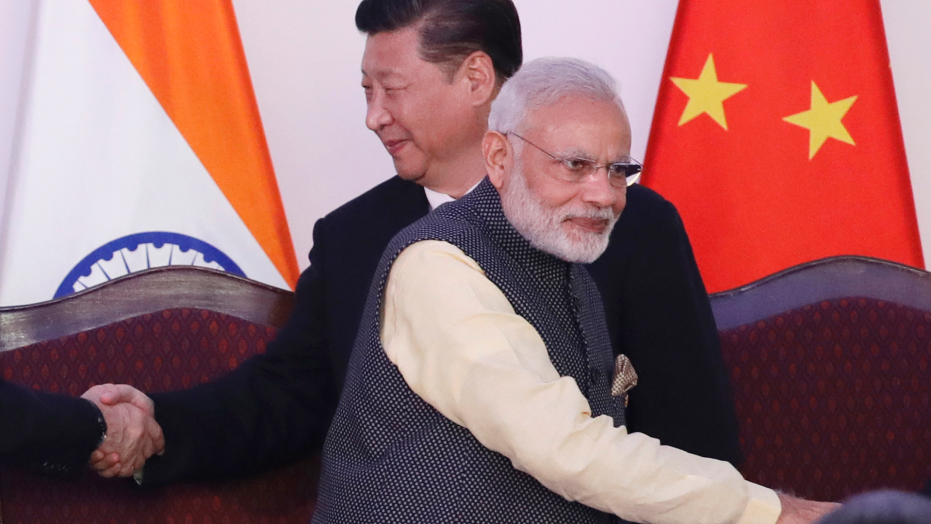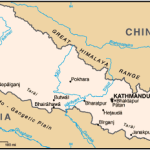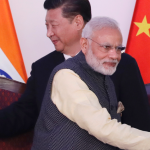Tian-Sze Fang in his book Asymmetrical Threat Perceptions in India-China Relations (2014) argues that the asymmetry between their threat perceptions constrains Sino-Indo relations. China does not perceive India as a serious security threat; it considers the status quo to be favourable and want to maintain the status quo between the two countries. The Indian have not altered their position that China is the major threat to India. On the other hand, Beijing does not take India seriously. Although India is acknowledging to be a rising power, Beijing has not identified India as an immediate adversary, rather Beijing goes beyond and sees the U.S as its immediate rival.
The asymmetry in perceptions of threat will result in a dilemma for India. India has tried to reduce the sense of security by adopting some countermeasures, such as developing military hardware including nuclear weapons, allying with other countries as such with the U.S and undermining China’s influence by adopting the ‘Look East’. However, India is also extremely cautious and avoids angering China.
China has ignored the asymmetry and is in no mood to share India’s expectations and concerns. As a result, Fang argues that this asymmetry has made it difficult for China and India to forge shared knowledge and to set a common agenda around which their expectations could converge. The asymmetry in threat perceptions is seen as a destabilising factor in China-India relations.
The efforts to develop a friendship between the two countries are also hindered by the accumulated and long-standing distrust that remains embedded in the minds of the Indian strategic community. Despite China’s assurances, India continues to perceive China as a serious threat. India’s perception of the ‘China threat’ is quite different from the Western view. The ‘China threat’ theory circulated in the West is that the rise of China will inevitably destabilise regional security and challenge the vital interests of the countries concerned. It is believed that a stronger China will be intent on challenging the present international order dominated by western and developed countries and will thus confront the countries concerned. However, the Indians do not consider a belligerent China as a merely imagined scenario, as Western strategic analysts do, but argue that China has frequently been a hostile and disagreeable neighbour, as India has already suffered from China’s expansionism and containment. The humiliating defeat of the 1962 border war, China’s takeover of Tibet, and China’s strategic links with India’s smaller neighbours have all been rich sources of the ‘China threat’ perception.
Beijing, for this part, has not expended much energy in its relations with India because of its perception of India’s marginal role and influence in international affairs. To Chinese officials, India has not yet reached the position that merits much attention from the Chinese side. The main foci of Chinese interests and security concerns lie elsewhere, despite India being China’s second largest neighbours.
In summary, what Fang argues in his book is contemporary that provides new insights into the Sino-Indo relations. Both countries have many potentials to work together, but at the same time, they hold asymmetric threat perceptions towards each other, resulting in the continuous distrust between the two regional giants, and the failure to continue a deep-trusted relation lies in the asymmetric threat perception, according to Fang (2014).





Leave a Reply